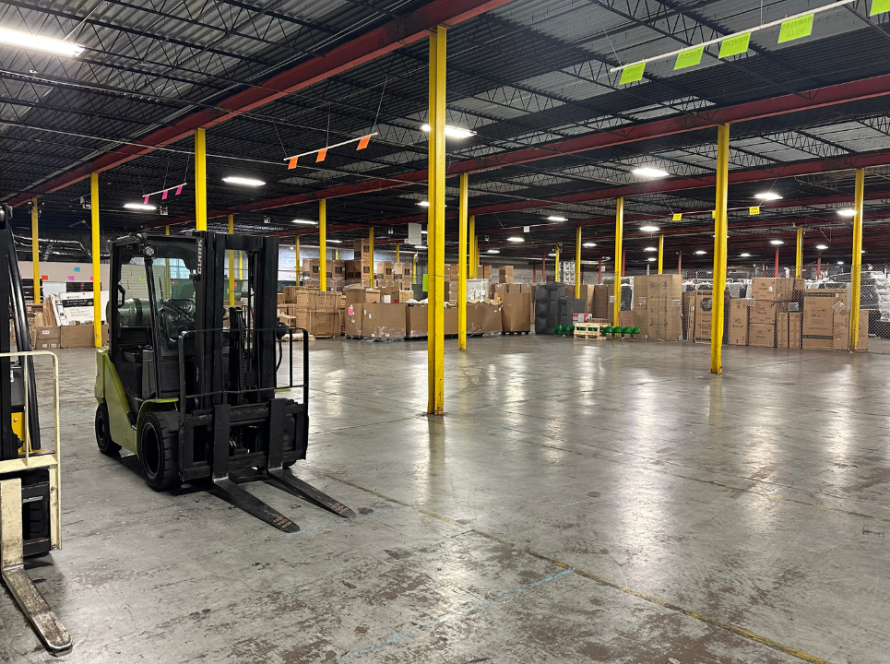The delivery experience plays a major role in the overall buying experience. Distribution and retail companies must evaluate their last mile delivery capabilities to keep up with consumer expectations and achieve operational efficiency.
Inefficient routes and a higher rate of failed deliveries result in significantly higher operating costs. The good news is, route optimization software can help to alleviate these challenges.
Benefits
Businesses that provide prompt and dependable delivery services are likely to attract and keep consumers, which can boost revenue. Moreover, they can expand their consumer base and entice clients by offering delivery services in remote or rural areas.
However, the last mile is a complex process for delivery drivers. They often face inefficient routing and scheduling due to low drop sizes and diverse delivery points. This can significantly increase delivery times and associated costs.
Another hidden cost is the irate customers and negative feedback that result from missed, late or lost deliveries. Rescheduled deliveries, product replacements, refunds and customer service call-backs can quickly eat into an ecommerce business’s profit margin.
Using a third-party logistics (3PL) provider to optimize delivery processes and routes reduces these expenses. Additionally, using nimble vehicles that are easier to maneuver in busy urban areas improves on-time deliveries. This helps ecommerce companies lower their overall delivery costs and boost customer satisfaction. This is an essential step for achieving competitive advantage and building long-lasting customer loyalty.
Costs
The final mile delivery, also called last mile logistics, is the most expensive part of shipping goods to consumers. It accounts for more than half of the total shipping cost and is a key factor in customer satisfaction.
The costs of final mile delivery include labor, software, fuel, vehicle maintenance and more. These expenses can add up quickly, especially if there are many missed deliveries and returns.
Drivers have to spend a lot of time on the road as they go from one home to another. This means that they are often idling, which is wasteful and increases their fuel costs.
Additionally, customers expect their products to be delivered quickly. If they do not receive their items on time, they will likely shop with a competitor that offers faster delivery times. This is why it’s important for retail and distribution companies to improve their last mile delivery services. They can do this by implementing route optimization software.
Time
The last mile delivery stage is usually the longest and most time-consuming part of a shipping process. Almost every business that sells goods has to deal with this logistics challenge. Speedy delivery is crucial for maintaining consumer satisfaction and loyalty, so it’s important to have an efficient process in place.
The best way to optimize last mile delivery is to use an advanced route planning software that can automate the process. The tool takes into account different factors that impact delivery times such as vehicle capacity, location, traffic situation, and weather conditions.
In addition, it is important to use an experienced fleet management company that can manage the entire logistical process. This will save your business money in the long run by ensuring that all your deliveries are completed on time. Moreover, you’ll avoid losing customers to competitors who offer better services.
Challenges
With the dramatic increase in online buying, businesses have had to adapt their last mile delivery strategies and capabilities. The ability to deliver goods quickly and reliably is a crucial part of any distribution or retail business’s competitive strategy. However, there are many obstacles that can impede the efficiency of last mile delivery.
One of the most common challenges is traffic problems. These issues can delay deliveries and affect the overall customer experience. Another challenge is environmental factors. For example, some consumers want to minimize noise emissions and air pollution. Finally, there are lost deliveries and product returns that need to be addressed.
To address these challenges, it is important to choose a last mile carrier with adequate coverage in your target market. Moreover, choosing a carrier that offers on-demand delivery can help you provide faster deliveries. It is also important to offer a variety of delivery options to your customers. This will enable you to attract new customers and retain existing ones.


